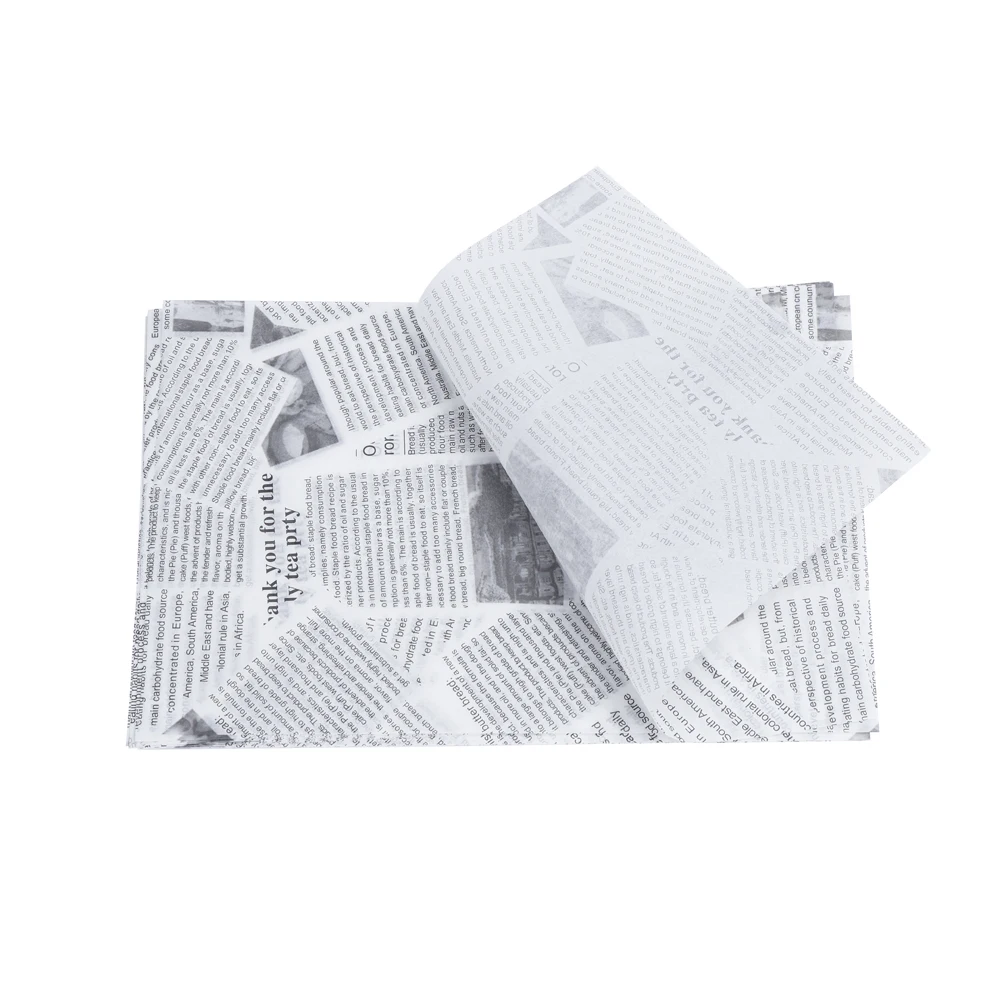Hyatt (formerly known as Nicole) She recommended using silcone paper and wax papers when we baked cookies or wrap our sandwich. The two somewhat may seem very much identical, but in reality the two types of paper for printing are fairly different. Today, we will find out what separates the two and which one you might want on your kitchen looking at ceramic vs steel honing rods.
Is Wax Paper The Same As Silicone?
So there you have it. The short answer to this question is no, silicone paper and wax paper are not exactly the same thing! Although they are both versatile in the kitchen (for baking and wrapping food), each type of paper has unique properties which make it special. Knowing these will help you use them appropriately in your cooking and baking.
How does Silicone Differ from Wax Paper?
Silicone paper (parchment) is oil made from silicone, which has an ultra-thin layer of silicone. What this special on of its kind coating does is allow your paper to be non-stick, whilst baking meaning that food will simply not stick. Super convenient if you have to take cookies or cake off the sheet pan without any mess! What's more, you can bake with it too at temperatures up to 450°F and never have any occurrence of smoke.
Wax paper, on the other hand, has a scant layer of wax. This does not make it ideal to use in the oven, because of this wax coating. Wax can also melt and create a mess (or even cause fire when it is hot). Wax paper can be used as wrap... to keep food fresh. Use it to keep your sandwiches, cheese and snacks from getting stale.
How is Silicone Paper Made?
Silicone is a synthetic material made from silicon, oxygen, carbon and hydrogen. It is a flexible, heat-resistant rubber. The silicone oil that is applied to the sheet of paper makes the silicon in it non-stick, a great benefit when you put your cookies directly onto baking sheets. This makes it simple to life cookies off the paper without them falling apart or sticking.
How is Wax Paper Made?
Wax Paper Is Manufactured In A Unique Way Standard paper is first turned into waxed paper (enough paraffin ) with Byzantine tones. Paraffin wax is a mineral type of petroleum. Place the old candle in a small saucepan, melt it with low heat and finally apply to the paper on both of its sides so that there is thin layer of waterproof wax. This protective layer prevents the food from a direct touch with paper and therefore, retains it fresh and tasty for longer.
When to Use Silicone Paper and Wax Paper
It works best for baking, roasting and cooking food in the oven. They are also awesome for lining baking sheets and cutting boards to keep items from adhering. The nonstick surface ensures that food does not stick to the paper, and it can be removed with ease offering great user experience. Silicone paper is also reusable, so this option remains very environmentally friendly. It is completely washable and you can reuse it for your next baking venture.
Meat cheese wax paper is great for wrapping food and keeping it fresh. It can be used to wrap your sandwiches, cheese and snacks so that they remain fresh. Or being rolled on when making dough or candy in the counter-top. But also, never put wax paper in the oven as it can cause melting and potential fire.
Which Paper Fits Your Kitchen?
Therefore, the question remains: Which paper should I use in my kitchen? By now you may have gathered that if you are going to bake or roast in the oven your best bet is silicone paper. Since these non-sticky sheets are heat resistant, it would be effortless to remove the food without sticking. Additionally, silicone paper can be used again making it a cheap and restorationly stable option as well.
Wax paper is better to wrap food for freshness. It is also waterproof and prevents your food touching the paper. The only caveat — never use it in the oven and always wrap your sandwiches, cheese or other yummy snacks.
So, in short although silicone paper and waxed cup are similar to each other they differ on the very basis that how do these two work and for what purpose. Knowing these main distinctions can help you to choose the one that fits your kitchen best. Whether you are a baker cooking up some awesome cookies or packaging your delicious sandwich, there is always the suitable paper!


















































